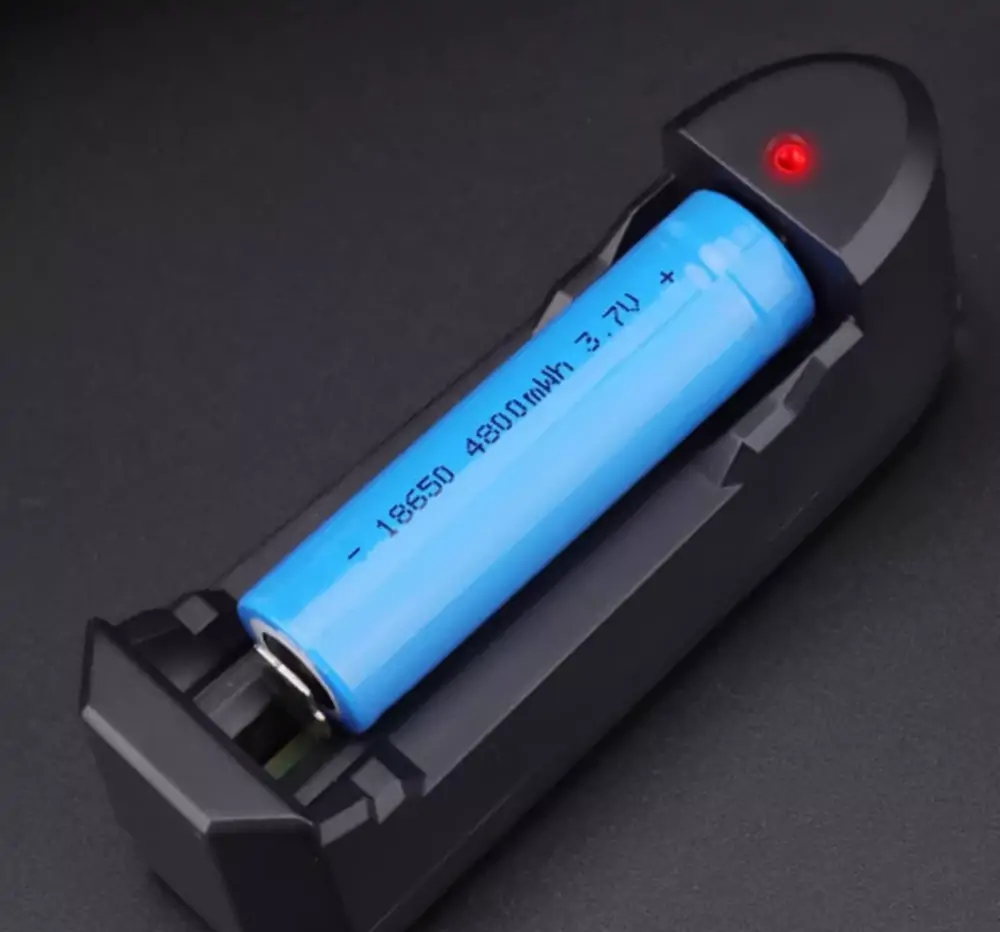 |
Welcome To Evlithium Best Store For Lithium Iron Phosphate (LiFePO4) Battery |
 |

18650 batteries are widely used in flashlights, vape devices, and power tools. While they are reliable and powerful, proper charging is essential for safety and longevity. One of the most common questions is:
How long does it take to charge an 18650 battery?
The answer depends on several factors, including battery capacity, charger output, and battery condition. This guide will break down the charging process, explain how to calculate charging time, and provide troubleshooting tips.
18650 batteries charge in four stages:
You can estimate the charging time using this formula:
Charging Time=Battery Capacity (mAh)Charger Output (mA)×Efficiency Factor\text{Charging Time} = \frac{\text{Battery Capacity (mAh)}}{\text{Charger Output (mA)}} \times \text{Efficiency Factor}
Where:
Charging Time=30001000×1.3=3.9 hours(≈4 hours)\text{Charging Time} = \frac{3000}{1000} \times 1.3 = 3.9 \text{ hours} (\approx 4 \text{ hours})
If you use a 2A charger, the time is cut roughly in half:
30002000×1.3=1.95 hours(≈2 hours)\frac{3000}{2000} \times 1.3 = 1.95 \text{ hours} (\approx 2 \text{ hours})
To estimate how long a fully charged battery will last before needing a recharge, use this formula:
Discharge Time=Battery Capacity (mAh)Device Power Draw (mA)\text{Discharge Time} = \frac{\text{Battery Capacity (mAh)}}{\text{Device Power Draw (mA)}}
Discharge Time=3000500=6 hours\text{Discharge Time} = \frac{3000}{500} = 6 \text{ hours}
Note: Actual runtime may be slightly lower due to efficiency losses and battery aging.
Want to charge your battery faster? Try these tips:
✅ Use a High-Quality Charger – Choose one with a higher output (within safe limits).
✅ Avoid Deep Discharges – Recharge before the battery is fully drained.
✅ Charge in a Cool, Ventilated Space – Prevents overheating.
✅ Keep Battery Contacts Clean – Dirty or corroded contacts can slow down charging.
Possible Causes: Dead battery, faulty charger, dirty contacts.
Solution: Use a multimeter to check voltage. Try a different charger. Clean battery contacts.
Possible Causes: High charging current, poor ventilation.
Solution: Use a lower-output charger. Charge in a well-ventilated area.
Possible Causes: Aging battery or charger malfunction.
Solution: Replace the battery if it's old. Test the charger with another battery.
Possible Causes: Low-output charger, degraded battery.
Solution: Upgrade to a higher-output charger. Replace the battery if needed.
Charging an 18650 battery efficiently requires understanding the charging process and knowing how to calculate the time based on battery capacity and charger output. Using a high-quality charger, maintaining optimal charging conditions, and troubleshooting common issues can extend battery life and improve performance.
By following these best practices, you can maximize battery lifespan, save time, and ensure safety.
🔋 Well-maintained batteries = longer runtimes and better device performance!
Edit by paco
All Rights reserved © 2025 Evlithium Limited